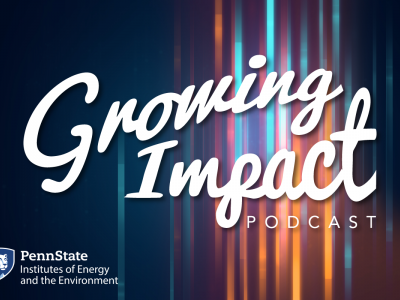
The electrolysis of water for hydrogen fuel production is a green alternative for the conversion and storage of electric energy when compared to traditional fossil fuels. This mechanism involves two reactions: the hydrogen evolution reaction (HER) and the oxygen evolution reaction (OER). Due to the high overpotential of the oxygen evolution reaction (OER), the practical cell voltage is within 1.8 to 2.0 V. To lower the overpotential of OER, non-precious, multimetal catalysts are promising candidates with cost-effective performance compared to traditional precious metal catalysts. Processing methods for these catalysts, especially those favoring formation of amorphous, nanocrystalline, or metastable phases, can have dramatic influence over performance, although it is still largely unknown how the catalyst structure in these more complex metals and oxides affects activity.
Recently, Zarzar developed a laser writing and synthesis process in which a laser is focused into a precursor solution to create a high temperature (600-1000°C), femtoliter scale solvothermal reactor, so-called a laser-induced thermal voxel (LITV), that can be used to synthesize mixed metal oxides. We hypothesize that this extreme, nonequilibrium synthetic processing method will allow control over the chemical and physical properties of transition metal OER catalysts and lead to more disordered, strained multimetal oxide nanomaterials as compared to traditional solvothermal approaches. Combining Zarzar’s laser synthesis expertise with Terrones’ catalyst characterization expertise, we will study the relationship between structure and catalyst performance of LITV-synthesized materials to develop next-generation transition metal catalysts for clean energy.
Resulting Publications
- Shannon McGee, Yu Lei, James Goff, Collin J. Wilkinson, Nabila Nabi Nova, Cody Matthew Kindle, Fu Zhang, Kazunori Fujisawa, Edgar Dimitrov, Susan B. Sinnott, Ismaila Dabo, Mauricio Terrones, and Lauren D. Zarzar. Single-Step Direct Laser Writing of Multimetal Oxygen Evolution Catalysts from Liquid Precursors. ACS Nano 2021 15 (6), 9796-9807






